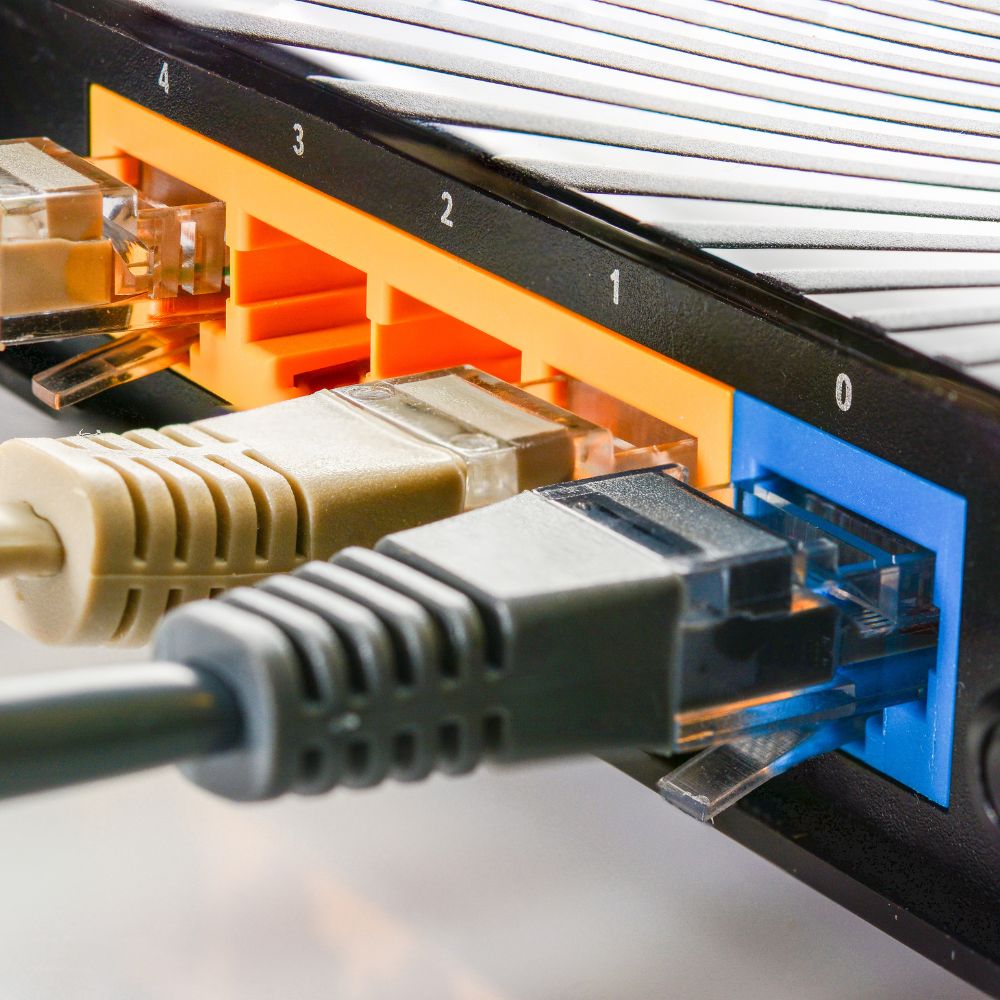Each year, the reliance on fast, reliable internet has become increasingly important to businesses and standard consumers. Whether it’s so you can work from home or stay in contact with those who live far away from you, a quick connection is essential for everyday usage.
However, old internet hardware makes these speeds hard to achieve and maintain, especially at distances over the Ethernet maximum of 100 meters (330 feet). While replacing your existing cables with fiber optic cables can fix this issue, they’re not the only solution. G.fast boxes are a newer solution that people can implement at work or home to keep their broadband networks up to speed over existing cables and extended distances. Like with all tech, though, it comes with pros and cons.
Pro: Extends Internet Speed Over a Longer Range
The main benefit to using G.fast modems for your internet is that it will help you establish a connection at distances over 100 meters (330 feet) and achieve faster speeds. This is especially useful for people who have existing copper wires that stretch over a long expanse of property or through larger buildings. Standard computers and network hardware cannot connect at distances over 100 meters, so a network extension solution must be considered. G.fast technology addresses this problem by boosting the strength of the signal and achieving speeds faster than any other technology over copper cables.
Con: Still Slows Down Over Longer Distances
Unfortunately, G.fast modems lose their speed advantage over other technologies (like VDSL2) when distances exceed 365 meters (1200 feet). Up to 100 meters, they will remain in the 500 to 1000 Mbps range. They will drop to 200 Mbps at around 200 meters and 150 Mbps at 250 meters. Even though this is a notable downside, most connections don’t exceed 365 meters and therefore G.fast technology still provides the fastest available speeds within this range.
Pro: Easy To Set Up
Another pro for users is that most G.fast systems are effortless to set up for point-to-point connections. Installing fiber optics cables isn’t easy and takes a lot of time and money. Since G.fast modems can use existing copper wires, all you have to do is install the master and slave modem on each side of the cable and you’ll be ready to go. Plus, if the default bridge mode is all you need for your application, no further configuration is required.
However, plug and play installation is only possible with the Netsys NV-450 models. If you need to connect your G.fast modem to a DSLAM, you will likely need help from your internet service provider (ISP).
Con: Not As Fast as Fiber
Of course, some people will still go through the hassle and expense of installing fiber optics because it’s the fastest option on the market. Fiber optic cables can support speeds over 1000 Mbps and distances over 80km with little or no degradation. While these are notable upsides, most people don’t need these speeds. Opting for fiber optic cables is typically only necessary for large companies with very high bandwidth requirements. For those who still want the highest speeds possible over copper wiring, G.fast is the way to go.
Pro: Much Cheaper Overall
Regardless of your views of the pros and cons of G.fast technology and how it would impact your broadband network, it’s impossible to ignore that G.fast modems offer a much cheaper solution than fiber optic cables and provide you with future-proof speeds. G.fast modems are priced at a reasonable flat rate and are readily available.

